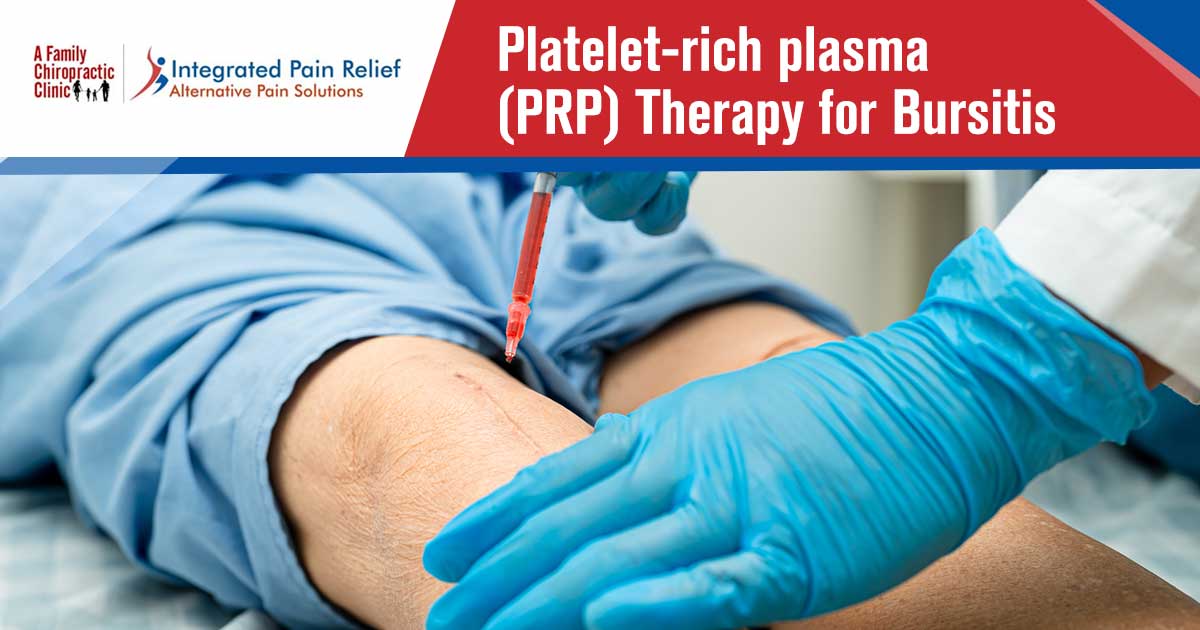What Is Bursitis?
Bursitis is a condition that can cause discomfort, pain, and inflammation in any of the various joints in your body. Bursitis is the inflammation of the bursae, tiny jelly-like sacs containing a small amount of fluid that cushion the bones, muscles, and tendons surrounding your joints and help to reduce friction.
Bursitis can limit the use of your limbs and cause a significant amount of inconvenience when it occurs in a joint used constantly or for people with occupations requiring specific types of physical activity and widespread and repetitive motions. Bursitis occurs most often in the shoulder, elbow, knee, and hip.
Symptoms of Bursitis
If you have bursitis, the affected joint may
- have reduced function or a limited range of motion
- feel stiff or achy
- hurt more when you press on it or move it
- look red and swollen
- feel warm to the touch
Bursitis can affect different joints, and some additional symptoms are specific to the affected joint.
- Shoulder
- Decreased or limited range of motion
- Pain when raising your arm above your head
- Discomfort worsens at night
- Elbow
- Pain increases if the elbow is bent
- Infection in the elbow’s bursa is shared (which can cause other symptoms like fever)
- Knee
- Pain occurs when you bend your knee
- Your knee pain gets worse at night
- There is swelling on the front of the kneecap
- Hip
- Pain in the hip when walking
- Tenderness in your groin area
- Pain is felt in the front and the middle regions of your thigh to your knee
- Pain increases when you extend or rotate your hip
Bursitis symptoms may look like symptoms of other medical conditions, so you should always see a healthcare provider for a diagnosis. They are getting a proper diagnosis as soon as possible because bursitis can become chronic. The repeated attacks of swelling, pain, and tenderness in a joint affected with chronic bursitis can lead to muscle deterioration and a limited range of motion in the affected joint.
How Is Bursitis Diagnosed?
Your healthcare provider will conduct a complete physical exam and medical history. Diagnostic tests may be done to confirm bursitis and confirm or rule out other conditions. Diagnostic tests may include:
- aspiration
- blood tests
- MRI (magnetic resonance imaging)
- ultrasound
- X-ray
Treatment Options for Bursitis
Sometimes, bursitis can heal independently without medical intervention or with traditional conservative treatment options. Conservative treatment options can include rest, medications to treat and manage pain, anti-inflammatory medications, physical therapy, and local steroid injections.
However, conservative treatment options aren’t always effective and can have serious side effects that limit their repeated use. If your bursitis symptoms are not responding to conservative treatment options or begin impacting your quality of life, consider treating your bursitis with Platelet-Rich Plasma (PRP) therapy injections. PRP therapy is a much more effective treatment for bursitis and can enhance your recovery.
What Is Platelet-Rich Plasma (PRP) Therapy?
Platelet-rich plasma (PRP) therapy is a regenerative treatment that enhances healing, improves functioning, and can help reduce inflammation and pain in musculoskeletal tissues. PRP is made from your blood, which will be put in a centrifuge to separate the blood cells from the platelets in the plasma (the liquid part of your blood). Your separated plasma will be remixed with a platelet level 5 to 10 times higher than usual.
How Does Platelet-Rich Plasma (PRP) Therapy Treat Bursitis?
PRP therapy for bursitis uses platelet-rich plasma to increase your body’s natural healing and repair response. Joints have a low blood supply and limited quantities of platelets as well as growth factors and hormones, and injecting your platelet-rich plasma into the inflamed bursae helps detect and repair damaged tissues, reduces inflammation, and potentially heals underlying damage causing inflammation and pain.
With platelet-rich plasma (PRP) therapy, your bursae will repair itself, which no current other treatment can do.
Benefits of Using PRP Therapy to Treat Bursitis
- PRP therapy has fewer side effects and can be more potent than other injection treatment options like steroid injections.
- Most people experience significant relief within the first few weeks.
- The effects of platelet-rich plasma therapy continue for months afterward.
- PRP treatment improves joint function.
- Most individuals can return to activity within 30 days following the treatment.
- PRP therapy uses anti-inflammatory factors in your blood to decrease inflammation.
We Can Help Relieve Bursitis Pain with PRP Therapy
If you want to learn more about PRP injections and PRP therapy for bursitis, please call us. Our professional and experienced staff is standing by to discuss PRP treatment options with you today.
If you’re interested in PRP therapy, call the A Family Chiropractic Clinic office today at 940-566-0000 to schedule a consultation or contact us through our website.

